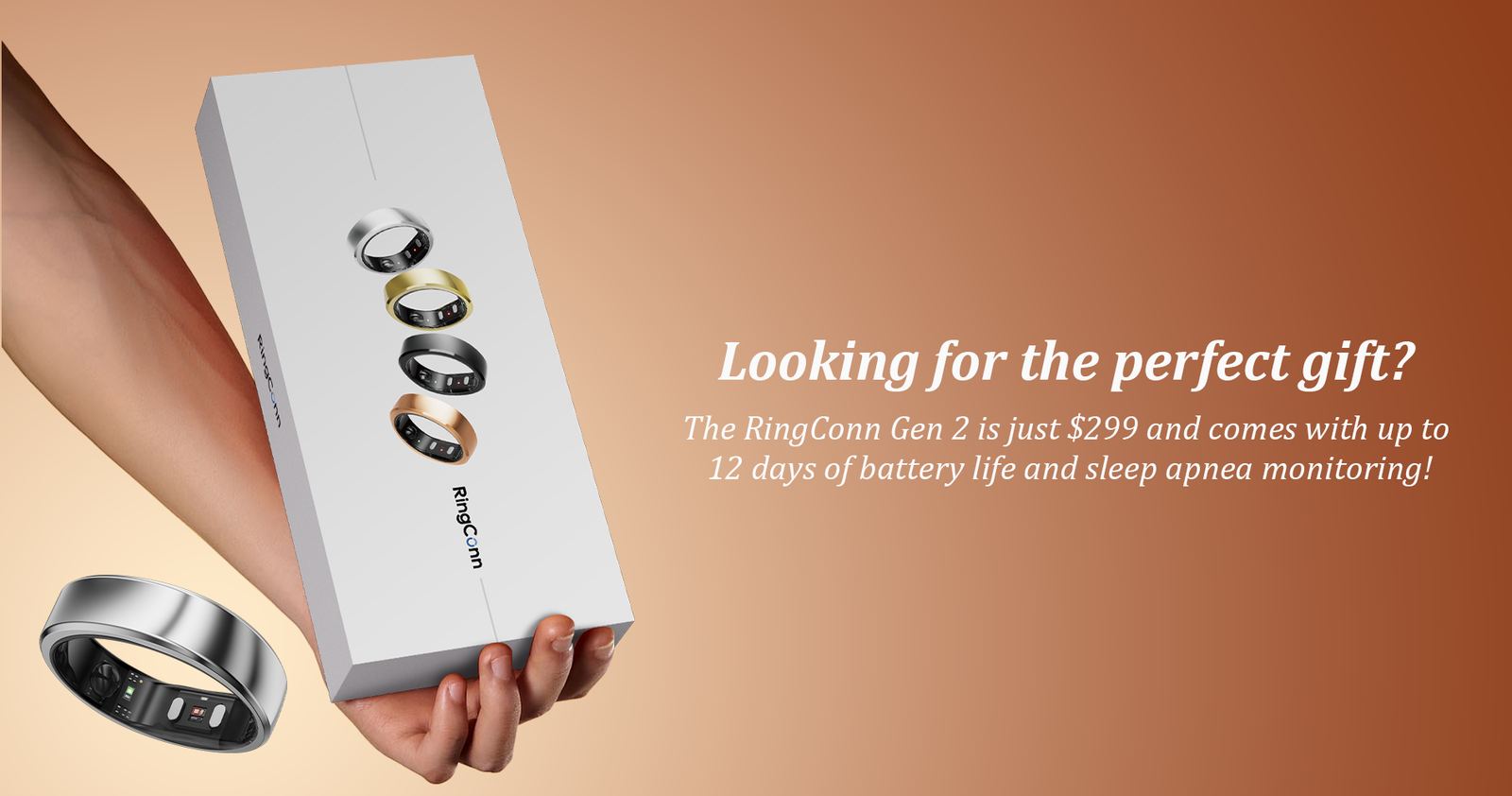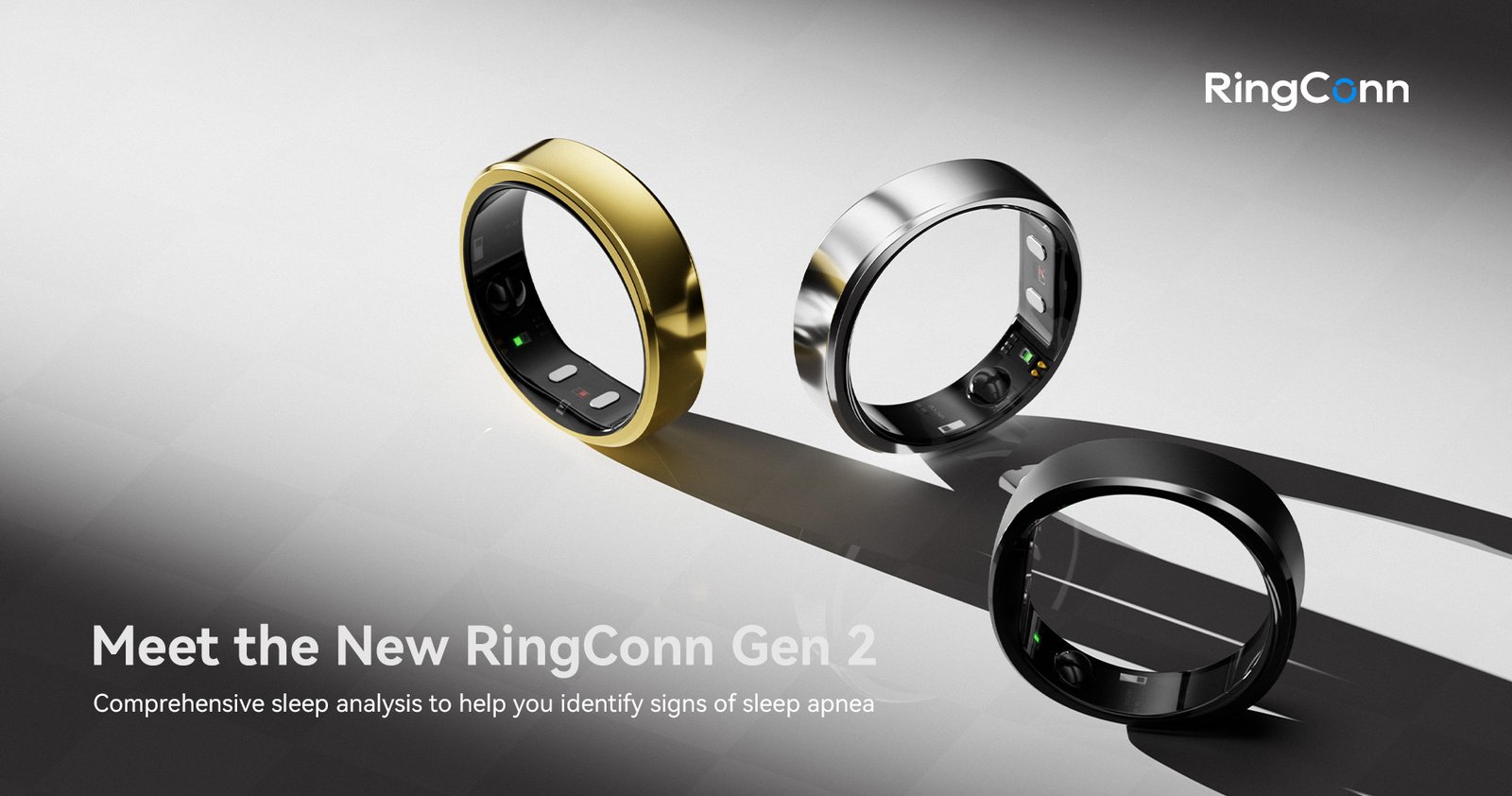I’ve always been the kind of person who can’t stand a quiet room. If my boss asks for a volunteer to take on a tedious task, I’m usually the first to raise my hand. I feel compelled to fill the space, to prevent silence from growing awkward and uncomfortable. That instinct becomes especially tricky when you’re stuck making small talk with a stranger—say, a taxi driver during a 23-minute ride to the airport. After discussing the weather for the third time, the conversation tends to hit a dead end.
But what if technology could help smooth over these moments of social tension? One company, Gett, has done just that.
Gett is a ride-hailing marketplace connecting passengers with taxi drivers. But instead of focusing solely on booking rides or calculating fares, Gett took a different approach: they asked themselves how they could help people feel more at ease during those brief, sometimes uncomfortable car rides. After each match, Gett presents a small but thoughtful pop-up showing the driver’s preferred conversation topics—whether it’s sports, travel, or even astronomy. Sometimes, the app will let the rider know it’s the driver’s birthday week, offering a natural conversation starter.
This may seem like a minor feature, but it reflects a much larger philosophy: great user experiences don’t end inside the app. They extend into real life. In today’s world of digital products, it’s easy to forget that users often step back and forth between virtual and physical spaces. The smartest product managers recognize that their job is not simply to perfect the app itself, but to guide users through the entire journey—even the parts that happen away from the screen.
The Real-Life Pain Points
Most user frustrations don’t happen while tapping on a screen—they arise during the transitions between the digital and physical worlds. Think about it:
- Booking a taxi involves a social interaction with the driver.
- Hiring movers requires packing before the movers arrive and unpacking after they leave.
- Ordering groceries online leads to sorting and storing the food once it arrives.
To create a truly seamless experience, companies need to map these transition points and anticipate where their users might struggle.
Take Lyft, for example. The waiting period between booking a ride and the car arriving can be surprisingly stressful. You might be juggling last-minute tasks—choosing an outfit, packing a bag, or wrapping up a conversation—while constantly glancing at your phone to see how far away your driver is. Lyft tackled this issue by adding a simple but effective feature: a phone vibration when your driver is approaching. Even if you’re across the room, the distinct buzz alerts you that it’s time to head out. It’s a tiny detail that smooths over a moment of real-world friction.
Ending on a High Note
One of the most powerful principles in designing user experiences is known as the peak-end rule. People tend to judge an experience based on how they felt during its most intense moment and how it ended. If you can eliminate frustration at the final stage of the journey, you leave users with a positive, lasting impression.
Avo, an online grocery delivery startup, applied this idea brilliantly. When customers place an order, Avo doesn’t just dump everything into random bags. Instead, items are grouped logically—dairy, produce, baked goods—so that when the order arrives, unpacking is fast and painless. The customer’s interaction with the app may have ended, but Avo’s thoughtful organization continues to deliver value at the very end of the experience.
Designing for Predictable Mistakes
Great product design also anticipates where users are likely to trip up. According to Thaler and Sunstein’s Nudge Theory, people make predictable errors, and it’s the designer’s responsibility to gently guide them past these stumbling blocks.
Consider Uber’s response to a surprisingly common problem. Many riders were being picked up in Teslas, but unfamiliar passengers often struggled to open the sleek, futuristic doors. Rather than let users fumble and feel embarrassed, Uber now provides clear instructions on how to open the doors before the car even arrives. A simple nudge like this saves users from a small moment of awkwardness and enhances the overall experience.
The Role of Environment
When designing any digital product, it’s crucial to consider the physical environment where users will engage with it. Will they be indoors or outside? In a noisy crowd or a quiet room? These questions significantly shape how features should work.
Duolingo, the popular language-learning app, understands this dynamic well. Many users squeeze in lessons during spare moments—waiting for appointments, riding public transport, or even while walking. In many of these settings, speaking or listening exercises aren’t practical. To accommodate, Duolingo allows users to skip speaking or listening parts when they can’t participate vocally, ensuring that people can keep learning, no matter where they are.
Seeing the User as a Whole
At the heart of all these examples is a single truth: users aren’t just digital profiles. They’re real people moving through complex physical and social environments. The best product managers are those who truly see their users—who understand not just how people use their apps, but when, where, and why.
When we take the time to notice these details—from Tesla’s confusing door handles to the Duolingo user whispering quietly on a crowded train—we demonstrate care. That care builds trust and fosters loyalty. After all, at its core, product management isn’t just about technology; it’s about making life a little easier, a little smoother, and sometimes even a little more enjoyable for the people we serve.





